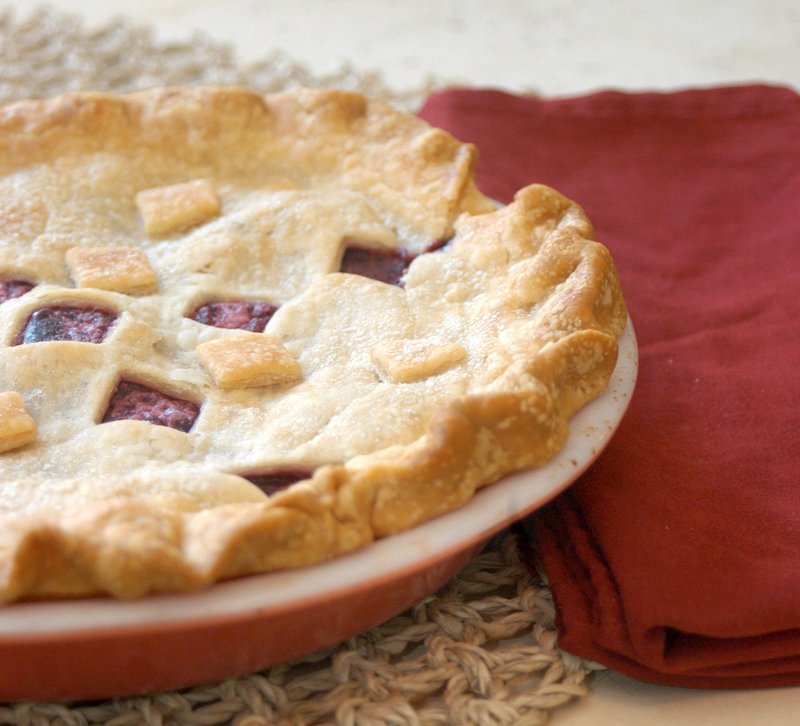One of the first guides to making pie crusts to appear in the Taste was published on Oct. 27, 1971, and writer Judith Bell used a word that sent me to Google.
It's "swivet," as in, "For many the thought of making a pie or pie crust is enough to send them into a swivet."
It means "a fluster or panic," and I knew exactly what she was talking about, because making pie crust has long been my baking Kryptonite.
Bell wisely turned to an expert for advice. Paul Tillinghast was in charge of baking operations for the chain that is now known as Bakers Square, and he was full of helpful hints:
Use shortening, not lard (nothing about butter, alas). Always use ice water, and as little as possible. Mix the salt with the water to ensure better distribution. Use a half-and-half mix of all-purpose and cake flour. Prepare the dough in advance, wrap in plastic wrap and refrigerate overnight before rolling it out. Roll the dough into more of a square than a circle, it's easier.
A second story, from Oct. 18, 1972, offered additional tips: "The shortening should be ice cold. Don't use the rolling pin in a back-and-forth motion over and over again. Roll the pin away from yourself in light strokes from the center of the dough. Then turn the dough and roll toward the other end the same way."
But it was this sage advice from the late Al Sicherman, published in Taste on April 19, 2007 -- on the occasion of his retirement, after 26 years of food writing -- that I take to heart.
"If making a pie crust, don't," he wrote. "Unless you are known far and wide for your fabulous pie crust, the rolled-up refrigerator crusts from the store are as good as what you'd make. Or better. Really. Nothing personal."
Food on 06/05/2019
